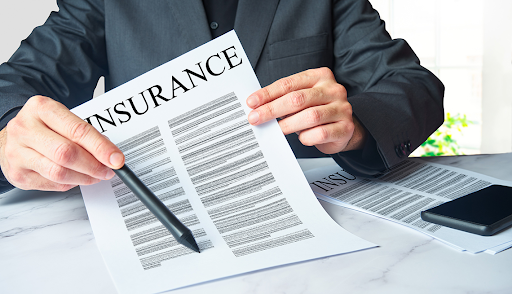Insurance is a critical component of personal and financial security, offering protection against unexpected events that could have significant financial consequences. Understanding the various types of insurance available can help individuals make informed decisions about their coverage needs. This guide provides an overview of key insurance types, focusing on homeowners insurance and RV insurance as specific examples.
The Importance of Insurance
Insurance serves as a safety net, providing financial support and peace of mind when faced with unforeseen circumstances. Whether it’s safeguarding assets, covering medical expenses, or protecting against liability, insurance helps mitigate risks and ensure stability. Different types of insurance address specific needs, each offering distinct benefits and coverage options.
Types of Insurance
1. Health Insurance
Health insurance covers medical expenses incurred due to illnesses, injuries, or preventive care. Policies can vary widely, from basic plans that cover essential services to comprehensive plans that include a wide range of medical treatments and services. Health insurance can be obtained through employer-sponsored plans, government programs like Medicare and Medicaid, or purchased individually.
2. Auto Insurance
Auto insurance protects against financial loss due to vehicle accidents, theft, or damage. Coverage typically includes liability insurance, which pays for damages to others in an accident, as well as collision and comprehensive coverage, which cover damage to your own vehicle. Additionally, many policies offer optional coverage such as roadside assistance and rental car reimbursement.
3. Life Insurance
Life insurance provides financial support to beneficiaries in the event of the policyholder’s death. There are two primary types: term life insurance, which covers a specific period, and whole life insurance, which provides coverage for the policyholder’s entire life and often includes an investment component. Life insurance helps ensure that dependents are financially protected and can cover expenses such as funeral costs and outstanding debts.
4. Disability Insurance
Disability insurance offers income replacement if the policyholder becomes unable to work due to illness or injury. Short-term disability insurance covers temporary disabilities, while long-term disability insurance provides benefits for more extended periods. This insurance is crucial for maintaining financial stability when one is unable to earn a regular income due to a health issue.
Homeowners Insurance
Homeowners insurance is designed to protect property owners from financial losses related to their homes. This type of insurance typically covers damage to the home itself, as well as personal property and liability for injuries that occur on the property.
Coverage Components
- Property Protection: Homeowners insurance covers damages caused by various perils, such as fire, windstorm, hail, and vandalism. It also includes coverage for personal property, such as furniture, electronics, and clothing. In the event of a covered loss, the policy provides funds to repair or replace damaged items.
- Liability Coverage: This component protects homeowners from legal liability if someone is injured on their property or if the homeowner causes damage to someone else’s property. Liability coverage helps cover legal expenses and compensation claims.
- Additional Living Expenses: If a covered loss makes the home uninhabitable, homeowners insurance may cover additional living expenses, such as temporary housing and meals, while repairs are being made.
RV Insurance
RV insurance is a specialized type of coverage tailored for recreational vehicles. It offers protection for RV owners against risks specific to RV usage, including accidents, theft, and damage.
Coverage Components
- Vehicle Protection: Similar to auto insurance, RV insurance includes coverage for collision and comprehensive damages. This protects against losses from accidents, theft, and other incidents that may damage the RV. Additionally, it covers the RV’s interior, including personal belongings and appliances.
- Liability Coverage: RV insurance provides liability protection in case of accidents where the RV causes damage or injury to others. This coverage helps pay for legal expenses and compensation for the injured party.
- Roadside Assistance: Many rv insurance policies offer roadside assistance, which can be invaluable for travelers. This coverage provides services such as towing, tire changes, and emergency fuel delivery if the RV breaks down while on the road.
- Campground Liability: RV insurance often includes liability coverage specific to campground use. This protects against incidents that may occur while the RV is parked at a campground or RV park.
Conclusion
Understanding the basics of various types of insurance helps individuals make informed decisions about their coverage needs. From health and auto insurance to homeowners and RV insurance, each type plays a crucial role in protecting against financial loss and ensuring peace of mind. By evaluating your personal circumstances and risks, you can select the appropriate insurance policies to safeguard your assets and well-being.
